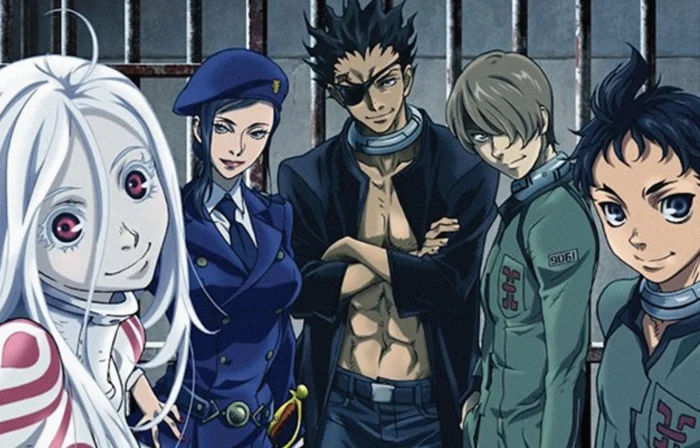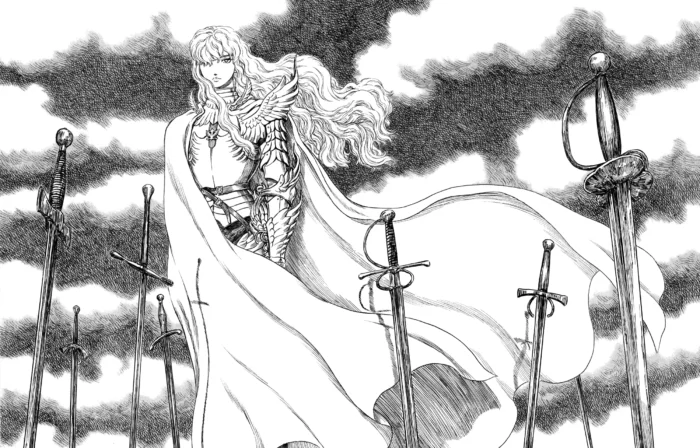In the realm of anime, the 2000s marked a significant era where filler episodes and arcs ran rampant. These elongated detours from the main plot were both a boon and a bane for viewers. However, as the landscape of anime evolves, this trend seems to be less prevalent. What happened to anime filler?
The Filler Phenomenon: Why Did It Dominate 2000s Anime?
Filler episodes served a specific purpose in 2000s anime. With popular series running concurrently with their manga counterparts, the need to stall for time became inevitable. Studios resorted to creating filler arcs to prevent the anime from catching up to the source material. This tactic prolonged the lifespan of the anime series, allowing it to maintain a consistent broadcasting schedule without resorting to hiatuses.
Examples of Filler Done Right: The Good Filler Arcs
Some filler arcs managed to captivate audiences and seamlessly blend into the main storyline. Take “Naruto,” for instance. While infamous for its filler episodes, certain arcs like the “Chunin Exam Filler Arc” and the “Three-Tails’ Appearance” provided character development, world-building, and additional depth to the narrative. These fillers, though not derived from the manga, felt cohesive and engaging, enriching the overall viewing experience.
Another example lies within “One Piece.” Amidst its extensive catalog of filler episodes, the “G-8 Arc” stands out as a shining example of filler done right. Set immediately after the Sky Island saga, this arc seamlessly integrates into the overarching narrative, introducing new characters and challenges while maintaining the series’ trademark humor and adventure.
The Downside of Filler: Instances of Filler Gone Wrong
However, not all filler arcs hit the mark. Some deviated so far from the source material that they felt disconnected and disrupted the pacing of the series. “Bleach,” notorious for its extensive filler arcs, faced criticism for its “Bount Arc.” This storyline, featuring original characters and a plot unrelated to the manga, received mixed reviews from fans who found it to be a tedious diversion from the main story’s momentum.
Similarly, “Dragon Ball Z” suffered from filler episodes that stretched battles unnecessarily, testing the patience of viewers eagerly awaiting the resolution of epic conflicts. Filler content like the “Garlic Jr. Saga” and the “Other World Tournament” failed to capture the essence of the series, leading to viewer fatigue and frustration.
What Happened To Anime Filler?
As anime production methods and distribution channels evolved, the need for filler diminished. With the rise of streaming platforms and binge-watching culture, anime studios no longer rely solely on weekly television broadcasts to reach audiences. This shift allows for closer alignment between anime adaptations and their source material, reducing the necessity for filler arcs to stall for time.
Additionally, manga authors and anime studios now collaborate more closely to synchronize release schedules, minimizing the gap between manga chapters and anime episodes. This synergy ensures that anime adaptations can progress without resorting to filler content, maintaining narrative cohesion and keeping viewers engaged.
The Changing Tastes of Viewers: Demand for Quality Over Quantity
Furthermore, modern anime audiences have become more discerning in their tastes. With an abundance of content available at their fingertips, viewers gravitate towards series that prioritize quality storytelling and character development over filler-laden narratives. Anime studios recognize this shift in demand and strive to deliver concise, well-paced adaptations that respect both the source material and the viewers’ time.
The End of an Era
In conclusion, while filler episodes and arcs were once a staple of 2000s anime, the landscape of the industry has evolved, leading to a decline in their prevalence. While some filler content enriched the viewing experience, others detracted from the overall quality of the series. As anime production methods and audience preferences continue to evolve, the era of filler in anime may soon become a relic of the past, ushering in a new era of tightly-paced storytelling and narrative cohesion.




